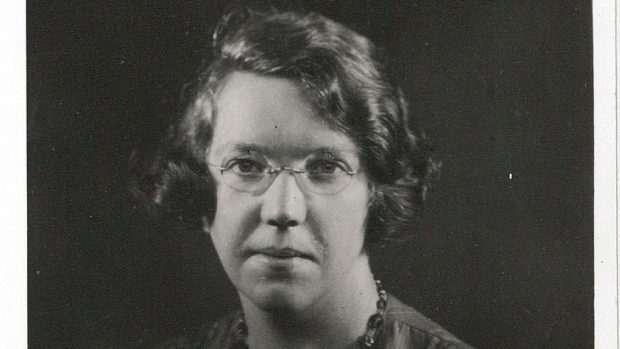It was an act of defiance against the horrific treatment of Jewish people during the Second World War.
And it has emerged a Scotswoman was the inspiration for the day when Christian children sewed yellow stars onto their uniforms and walked hand in hand with their Jewish schoolmates through the streets in a show of unity against the Nazis.
Ninon Leader, a former pupil at the Scottish Mission School in Budapest, Hungary, said the girls had been encouraged to see themselves as equals by their “inspirational” matron, Jane Haining.
The Church of Scotland missionary from Dunscore near Dumfries, refused to abandon the Jewish girls in her care – many of whom were orphans – at the boarding school when the conflict broke out in 1939.
Dr Leader, who lives in London, recalled the day in 1944, following the Nazi occupation of the country of her birth, when it was made compulsory for anyone Jewish to wear a yellow star of David on their clothes.
It was a badge of shame, specifically designed to identify Jews and one of the charges against Miss Haining was weeping when she saw children wearing them.
Dr Leader, who is in her 80s and fled Hungary during the 1956 revolution, said: “Miss Haining sobbed and she walked with red eyes among us.
“I heard later that she had tried to refuse ‘to mark those children who were to be sent to the slaughterhouse’.
“Acting in Miss Haining’s spirit and personality, irrespective of their religion, every single boarder in the Mission Home sewed a yellow star on their uniforms.
“That’s how we left our building for our daily walk to the Heroes’ Square and back, hand in hand, as equals.”
Miss Haining lived in the south side of Glasgow and worshipped at Queen’s Park Govanhill Parish Church before she moved to Budapest.
She sheltered the Jewish children for more than four years until she was arrested and eventually taken to the Auschwitz Birkenau extermination camp in Nazi-occupied Poland where she died six months before it was liberated 75 years ago.
To mark Holocaust Memorial Day on Monday, an exhibition in honour of Miss Haining is opening in the foyer of Glasgow City Chambers and will run until Friday.
It features a collection of photographs, documents, letters and other artefacts relating to prisoner 79467 who was 47 when she died in July 1944.
The items, which are on loan from the Holocaust Memorial Centre in Budapest, will be opened by Iain Lindsay, the UK’s ambassador to Hungary.
Rev Ian Alexander, interim head of the Faith Impact Forum of the Church of Scotland, said it was fitting to remember Miss Haining, who was arrested by the Gestapo on eight charges, including working among Jews in her care, on Holocaust Memorial Day.
He said: “She stood by the girls in her care in good times and bad. She had felt called to Budapest to look after them to the best of her considerable ability and she was deeply committed to the girls in her care.
“Remembering her on this 75th anniversary of the liberation of Auschwitz is to keep in our hearts the spirit of God’s love, and justice, and compassion that guided her in everything she did, that we might be also guided in our lives today.”
